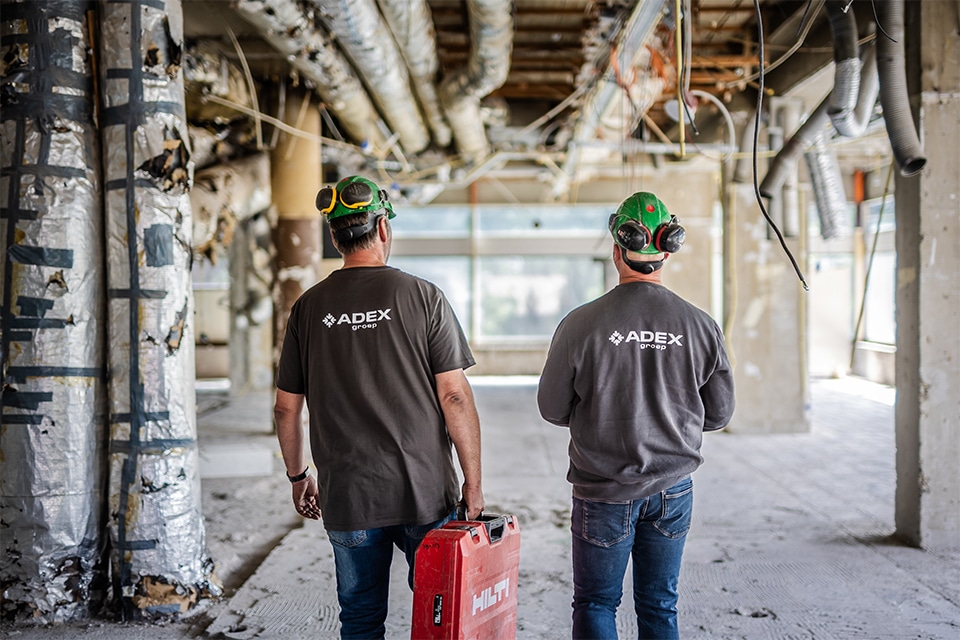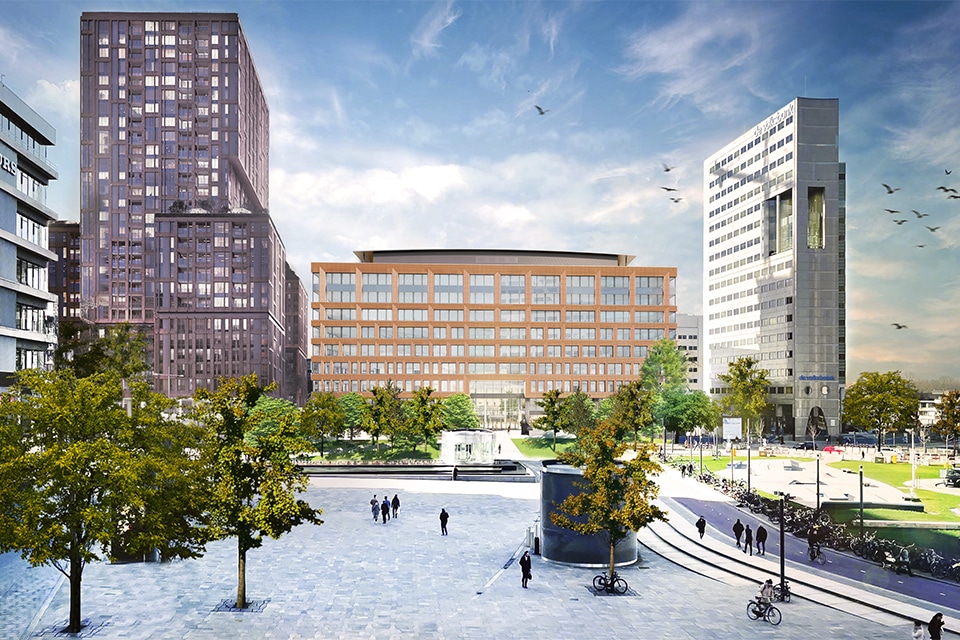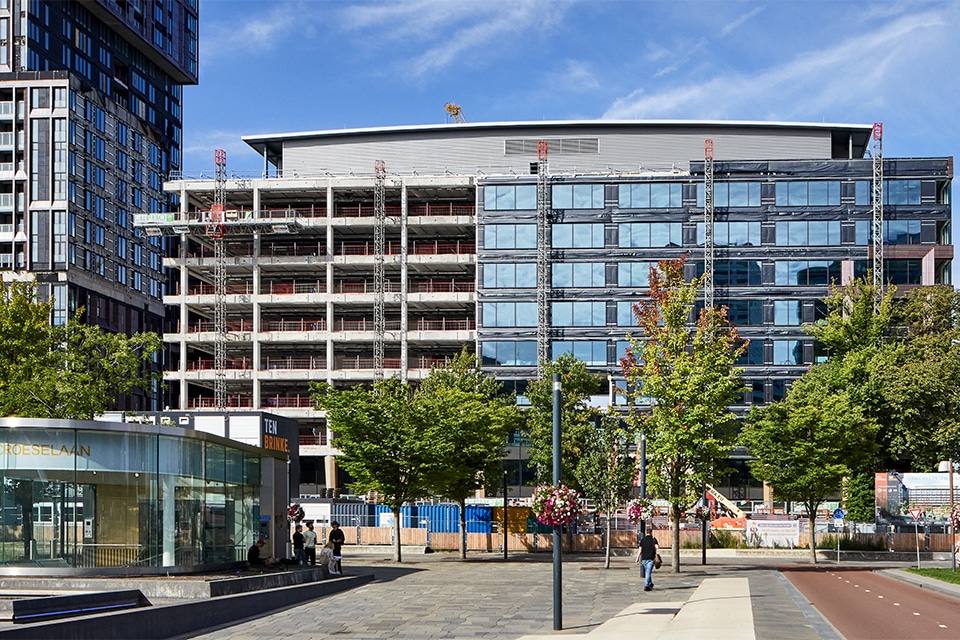
The organic border post between land and sea
The Wadden Sea will have an extension in 2025. The water continues on land in the Wadden Sea World Heritage Center in Lauwersoog. In the run-up to the opening, construction group Dijkstra Draisma is making sure that everything is perfect to offer seals, visitors and employees a pleasant stay.

The sustainable wooden oasis at the port in Lauwersoog is taking more shape every day. The Wadden Sea World Heritage Center will be a community building where sick seals will be taken care of until they can be returned to the sea. There will also be research on the Wadden Sea, you can visit exhibitions, there will be a conference center and you can go there for a cup of tea or a good lunch after a walk in the Lauwersmeer area.
From plan to reality
This project is a home game for Bouwgroep Dijkstra Draisma, which has its headquarters in Dokkum. "We love that, such a regional project in our own backyard," says project leader Heerke Osinga. Among others, he and work planner Sjoerd Melchers have been working on the realization of the Wadden Sea World Heritage Center for years. "We are a spider in the web for all partners in this project," Melchers explains. "This building was designed in Denmark. The architect put a wonderful plan on the table. It's up to us to make that a reality."
And that jacket fits Bouwgroep Dijkstra Draisma like a glove. From an early stage, the experts think along in the construction process. "It starts with a lot of good research," explains Osinga. "The building is right next to the water. That brings a lot of challenges. The tides can be relentless and so you have to be prepared for everything." Melchers adds: "That's why, for example, the building is built about a meter and a half higher than the terrain around it. Of course, you don't want your facilities to be under water in no time."
Sustainable animal hospital
The building will be the new home of several destinations, but the seals are first and foremost. Not surprisingly, an enormous amount of time, energy and craftsmanship has gone into their basins. "The animals come in here sick and don't leave until they are completely better," Osinga explains. "There are three phases during their stay. In the first phase, they receive intensive care and treatment with medication inside the walls of the World Heritage Center. In the next phases, they end up outside. There they have more space and can continue to strengthen before being taken back to the sea."
"The water in the center comes from the Wadden Sea, so it feels familiar to the animals," Melchers says. "Only the water cannot go directly back into the sea after use because it now contains medicine residues and bacteria." That's why the building has a top-of-the-line water treatment plant. "And it is also incredibly sustainable," Osinga says. That the building is the green link between water and land is immediately apparent. "The exterior is made of recycled wooden lake poles," Osinga explains. "In addition, the building is gasless and well insulated. Solar panels will be installed on the roof or elsewhere on the property, and only LED lighting will be used." The World Heritage Center thus promises to be a gift to both people and nature.
- Client Wadden Sea World Heritage Center Foundation
- Contractor Construction group Dijkstra Draisma In cooperation with Team 4 architects, abtWassenaar, DGMR, Pranger Rosier and Ryse



